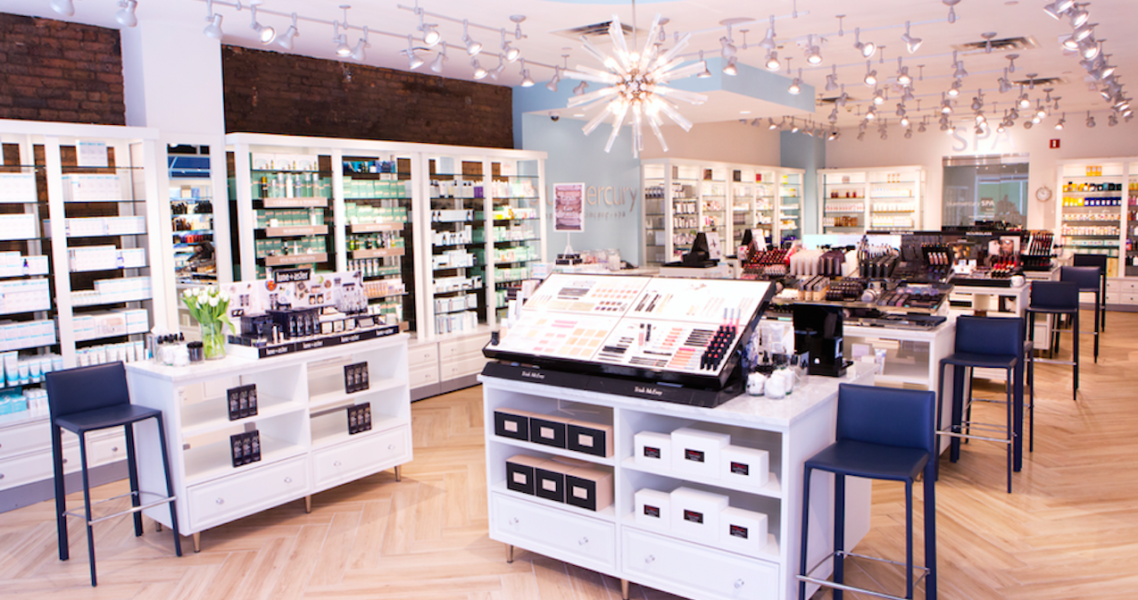It may have taken 20 years, but Bluemercury is getting into the loyalty program game.
On September 9, the multi-brand luxury beauty retailer will debut a loyalty program with three tiers. Entry-level silver members are those who spend between $0 and $299 annually, sapphire members must spend between $300 and $999, and platinum members need to spend more than $1,000. Members can receive a variety of tried-and-true perks, like annual birthday gifts, quarterly coupons, surprise rewards in the mail, and access to events and spa-offerings. While Bluemercury has been operating a rewards program for at least the past 18 years, where it would send samples and gifts to its highest-spenders, this updated program is to ensure that it is able to scale its customer retention efforts. Additionally, it is meant to court new and popular beauty brands to its merchandising assortments.
“What’s unique about this time in the industry is great new indie brands launched by interesting founders want more opportunities to connect with customers, and this enables us to say, ‘Hey, want to try something with us?’” said Marla Beck, Bluemercury CEO and co-founder. “We can target new brands and founders with our [formalized] customer base.”
Many beauty brands and are launching or rejiggering programs in an effort to keep pace with various consumer demands for personalization and perks, as well as to keep up with each other. Loyalty programs are a dime a dozen, but not all of them may generate actual loyalty, said Christian Selchau-Hansen, CEO of software company Formation, which specializes in marketing and customer loyalty.
“If you’re thinking about how to establish a relationship with your best customers, you want to give them more and something extra — that overarching goal is still valid,” he said. “But, if everyone has a rewards program, it can feel like table stakes, and then does that achieve the objective of having one? Does it create loyalty? It depends on how it’s implemented.”
As of August 2019, Bluemercury had 187 locations — 20 are inside parent company Macy’s stores — and the retailer has been a boon to its parent company. According to 2019 second-quarter earnings in August, both free-standing stores and shops within Macy’s stores grew sales in the quarter, with the shop-in-shops showing “considerable growth,” said Jeff Gennette, CEO of Macy’s. Bluemercury.com is also growing double digits, according to year-end earnings in February.
Beck said that, in past years, Bluemercury has sent upward of 1,000 samples or full-size products to top-spending customers, in partnership with brands like Chantecaille or La Mer, in what has been unofficially called a “sneak-peek program.” What the company has learned is that people are largely attracted to this offering because it gives them the idea they are receiving unique access to something. As more customers join the program, the retailer can use it as a value proposition to brands, particularly popular indie brands, that it wants to stock in its stores.
Ad position: web_incontent_pos1
As of now, Bluemercury sells 115 brands, in addition to its own private label skin-care lines, which account for more than 10% of total Bluemercury sales. Since 2016, Bluemercury expanded into three new categories: supplements, clean beauty and hair tools. Last year it brought in 20 new clean beauty brands alone, Beck said.




